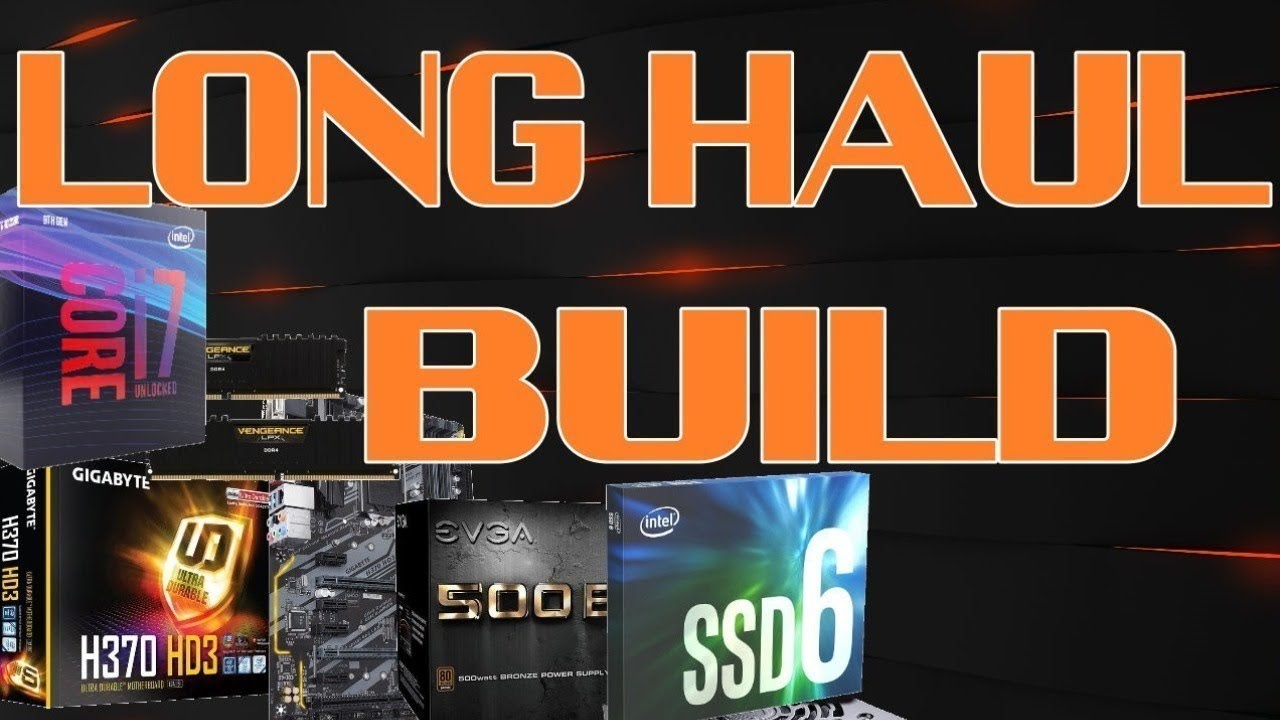Hi,
first I will describe what I have now - it will be easier for me to explain what I want to achieve.
On a daily basis, I privately use a 10-year-old computer in an office configuration (integrated cards, etc.). System - Opensuse Leap
I **use the Internet **every day - browser, e-mail, bank payments - I really appreciate the fact that I have a head free from fear of viruses, exploits, etc. (I know that I am not 100% safe, but nothing bad has happened to me for over ten years).
The computer also acts as a multimedia magazine - I rip photos from phones and cameras, I keep music (mp3 and wav), I have some movies. I also have **samba and DLNA servers **running (although I use them rarely but it’s nice that they are and work).
I use a printer and scanner sometime.
I am amateur photo editing in GIMP (no big deal, simple editing, watermarks), I also tried video editing but Shotcut crashes most of the time. Nevertheless, I would like it to work.
I have two disks in my computer, some of my data is encrypted. I really like the option that - knowing the password - I can unlock the disk from any distribution or computer - it’s as if my motherboard has fallen.
I have a relatively new monitor that does not need to be replaced.
I also have an old laptop with Windows (W10), which is practically unusable, but my wife dumps her iPhone photos on it several times a year, sometimes she also uses** iTunes **to download music to the phone.
I also need Windows because of Garmin devices, or actually applications to support them.
Basically everything I wrote about, I would like to have on a new computer + better support for multimedia processing. Probably a slightly faster processor, more RAM, maybe a dedicated graphics card is enough.
Generally, I have 3 options on my mind:
-
Build a new computer from scratch, rather with Linux, or Windows in dual boot (if possible, I’m not up to date) or in a virtual machine, of course I will pay for the license;
-
as above but buy a used workstation such as Lenovo ThinkStation or HP Workstation Z440 - it will be cheaper;
I would have to buy a UPS for both variants, because I have problems with the power supply.
- Buy some relatively powerful Windows laptop and quit Linux. I do not really care about mobility, the computer would still be attached to the monitor 90% of the time on the desk, but as needed it can be taken on vacation, the problem with UPS is also eliminated. The current sheet metal can still be used as a backup or server. The downside is that I don’t know much about Windows administration. This option is the most expensive, I estimate it to be around $ 1,000
Budget up to $ 1000 for a new desktop (with UPS) or laptop.
For a used workstation, I think I could buy it for the equivalent of $ 400-500 + UPS costs. I would use existing SSD / HDD drives from my current computer.
Can you advise me somehow?
Thanks!
Sorry for my english but I am using the translator


